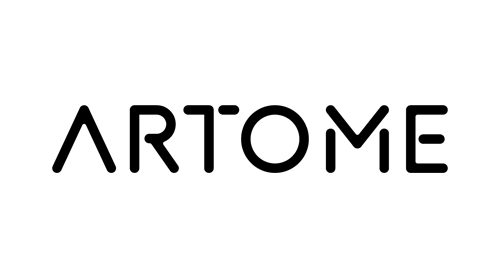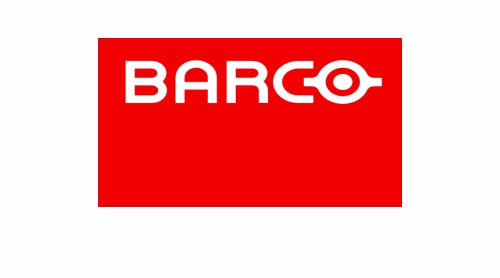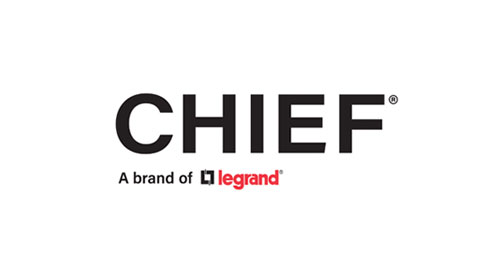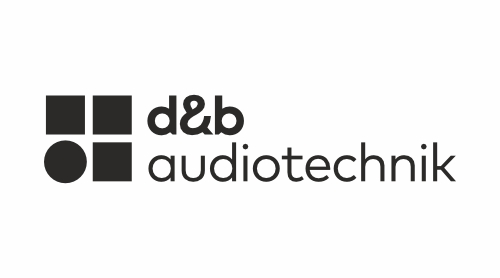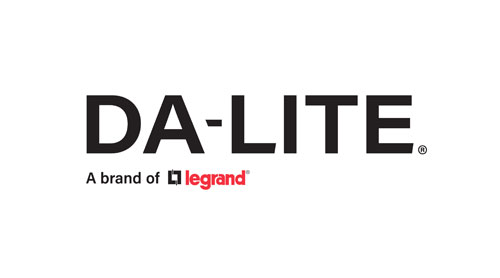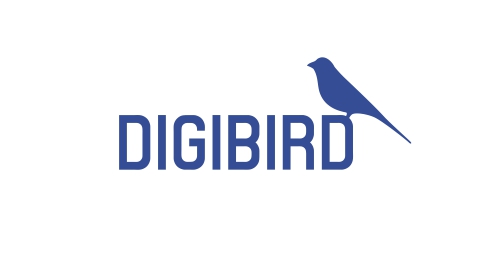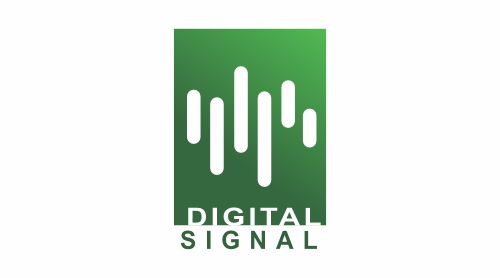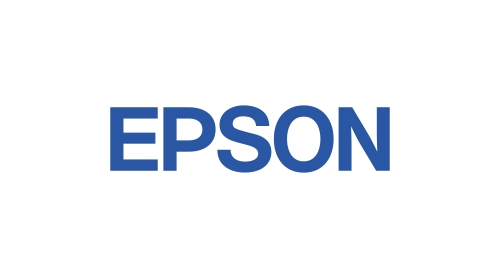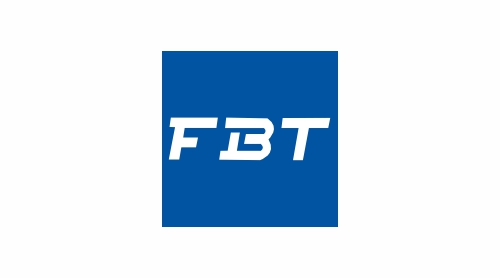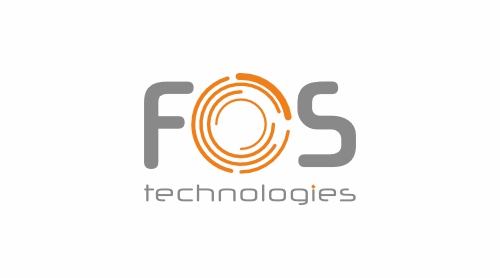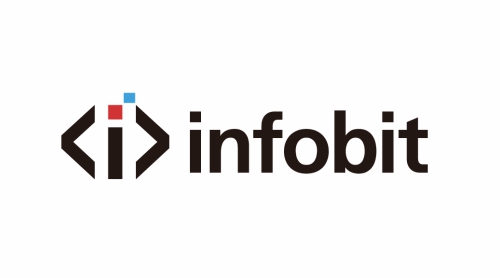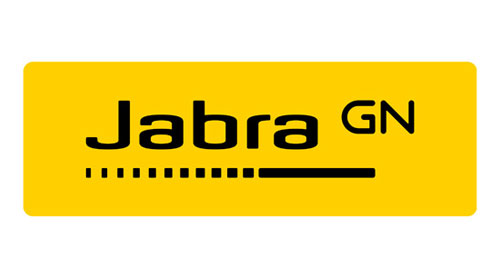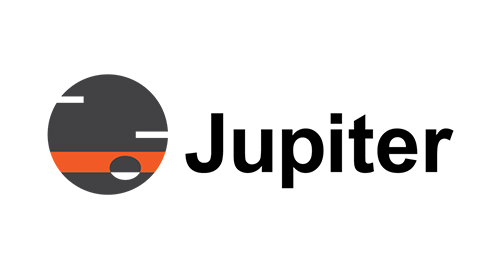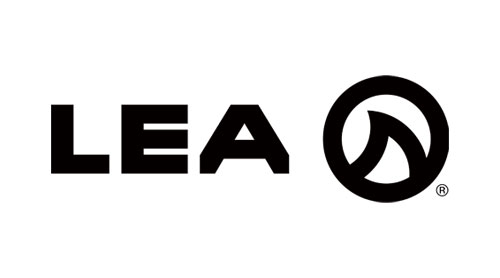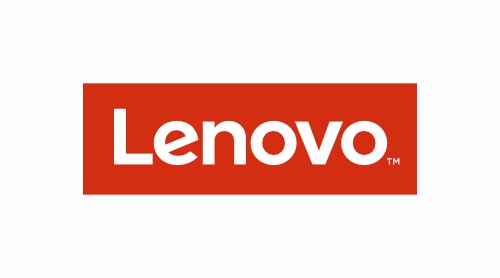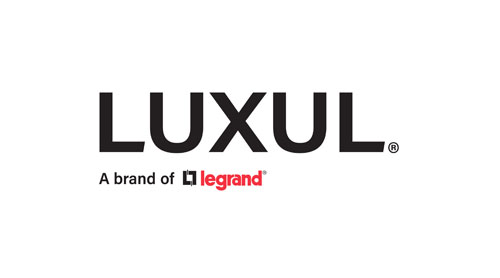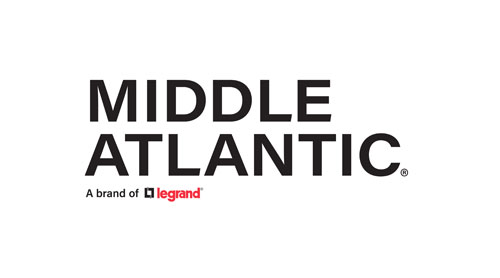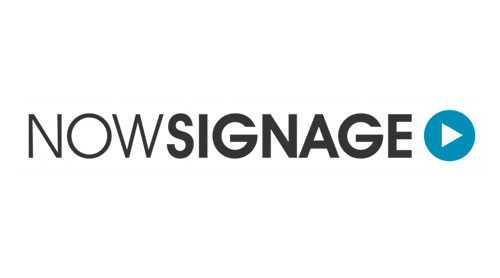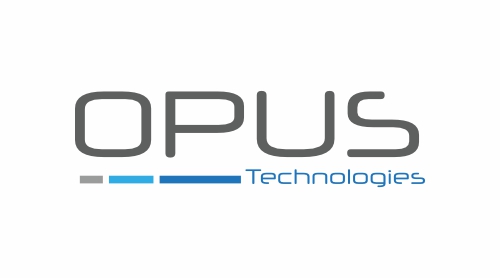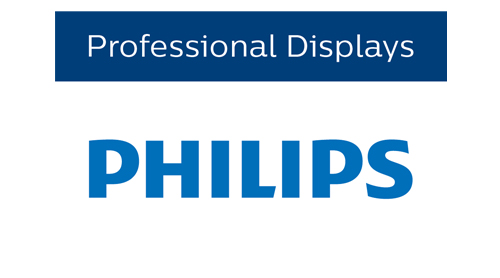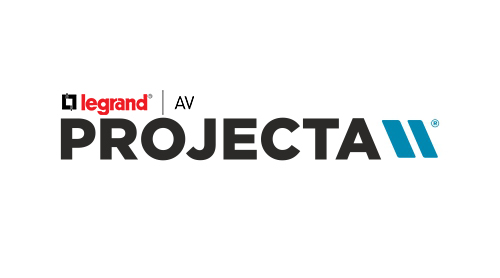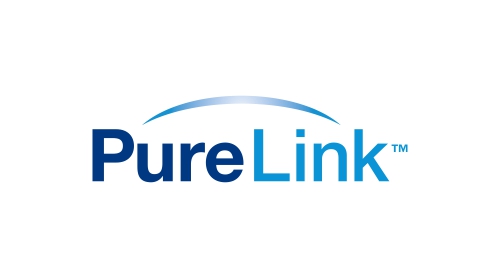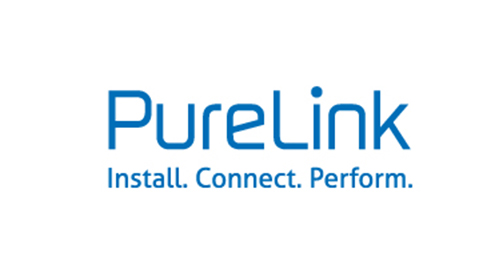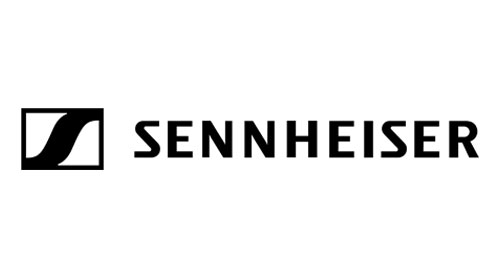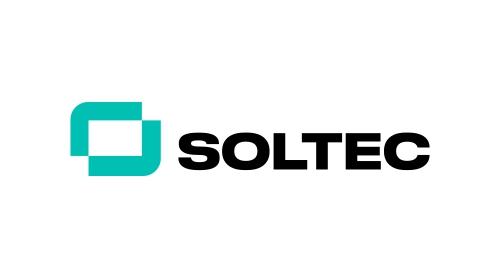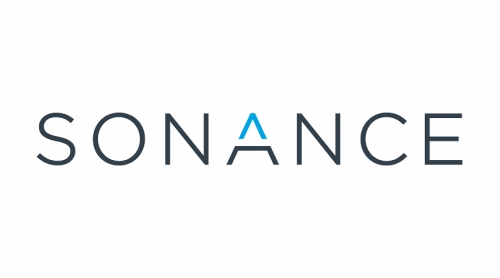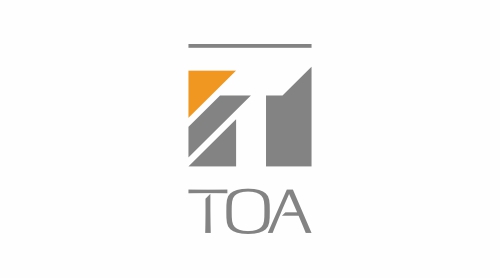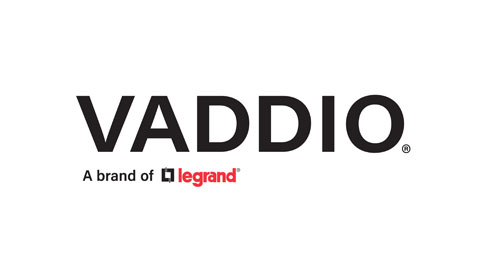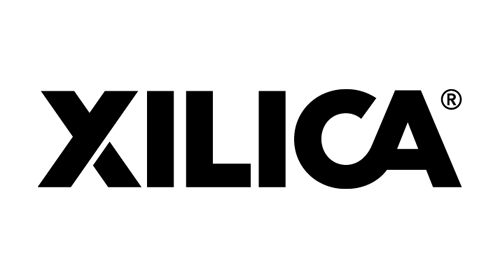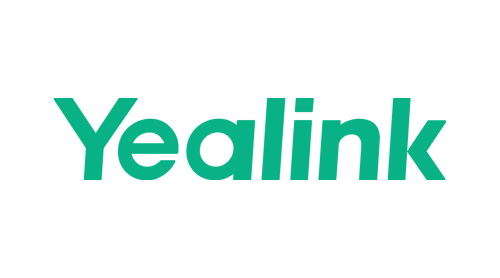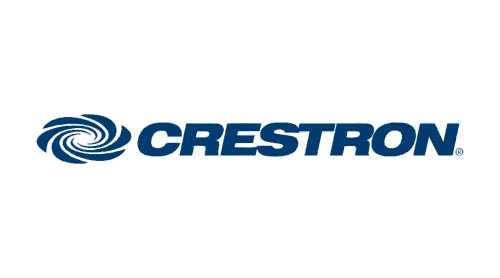
CSS-ARCH5
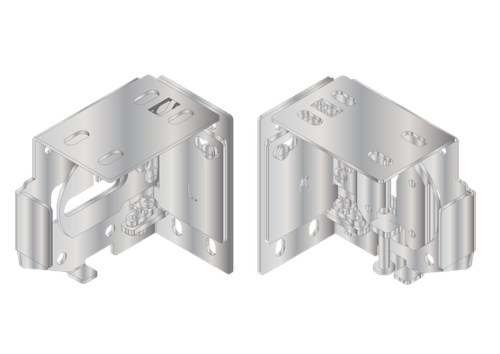
QMT5 Series Architectural Shade Hardware from Crestron® is a mounting system that allows Crestron shades to be mounted on a wall or ceiling or in a pocket or window jamb. The hardware offers solutions for both single roll and dual roll shade applications. Motorized operation is provided by the nearly silent Crestron CSM-QMTDC-250-4 Digital QMT® motor.[1] The motor integrates with a Crestron control system through wireless communication, enabling the shades to be easily adjusted from remote controls, keypads, and touch screens.
The QMT motor snaps into its bracket and has a Quick Release button that makes installation and removal without any special tools quick and easy. Brackets that are left/right and up/down adjustable ensure mounting precision and shorten installation time by allowing the installer to make changes without removing and reinstalling the entire bracket.
The QMT5 Series Architectural Hardware lineup also includes single roll shade brackets for manual operation. Manually operated shades are a cost-effective solution for any shading application. Whether for installations in which motorized shades are unnecessary or not feasible or as a stop-gap before upgrading to motorized shades, manual shades offer the small profile and reliable, easy-to-install hardware of a Crestron shading solution with minimum effort.
Angled Coupler
A specially designed coupler vastly increases the ease with which tandem shade configurations are installed. Unique to the QMT5 Series Architectural Hardware, the angled coupler simplifies even the most complex of angular installation spaces. It has the ability to hold two shades in tandem at any angle, making every bay window installation a breeze.
Single Roll Shades Versus Dual Roll Shades
Single roll shades are perfect for mounting shades in compact areas as small as 5” by 5” (127 mm x 127 mm). Dual shades hardware supports the installation of two roller shades with one set of brackets, allowing light-filtering and blackout fabrics within the same system for multipurpose rooms. Dual shades hardware requires an area 9” high by 6” deep (229 mm high x 153 mm deep).
Fascia
Decorative fascia conceals the front and bottom of the roller shade from view in non-pocket mounting applications. Sporting a clean look, it comes in square or curved options and features a variety of finishes to complement any décor. An optional top/back cover provides coverage for the top and back of the roller shade, perfect for when mounting shades inside window jambs. Installation of each part is easy because the fascia and top/back cover are tensioned fit and simply snap onto the mounting brackets. Stylish end caps also snap into place onto the brackets and match the color of the fascia.
Pocket
The pocket is a U-shaped extrusion that covers the front, top, and back of the shade roller. It is not intended for a direct wall mount application. A flap attaches to the inside of the pocket, covering as much of the shade roller’s underside from view as possible while still letting the shade fabric move up and down smoothly.
If the application is using a customer-provided pocket and it requires a flap, a flap hanger is needed to hang the flap. The flap hanger is drilled into the inside surface of the customer-provided pocket, thereby giving the flap a place to mount.
Blackout Accessories
For an inside or outside mount installation, side channels enable blackout conditions by helping to prevent light leaks between the window jamb and shade fabric. Crestron offers two channel styles, the U-Channel and the H-Channel,[2] which are available in same finish colors as the fascia.
The U-Channel is designed for a single window opening and is installed on the left and right sides of the shade. The H-Channel [2] installs between two adjacent shades, where it cuts down on light leaks between shades and provides a smooth path for shade fabric to travel as it unrolls.
A sill angle helps to complete blackout treatments by reducing light leaks along the bottom of the window. Channel Caps provide a finished edge for smooth travel where the fabric enters the side channels.
Hembars
Crestron offers three hembar options: open pockets, sealed pockets, or blackout.
-
Open pockets are an appropriate choice when a designer does not want to add an additional architectural element to a partially drawn shade. In this style, the hem pocket has an opening at each end. Hembar end caps are supplied with an open pocket hem bar order, providing a finished look to the ends of the shade fabric.
-
Sealed pockets are most commonly found in commercial applications. The sealed ends have a pinched look and are less desirable in residential applications.
Contact Us
Avientek, Distributor of Audio Visual and Unified Communications Middle East, Africa and Indian Subcontinent.
Call Us
Phone +971 4 343 6216Our Location
API Business Suites, Office #107, Al Barsha 1 Dubai – UAE
